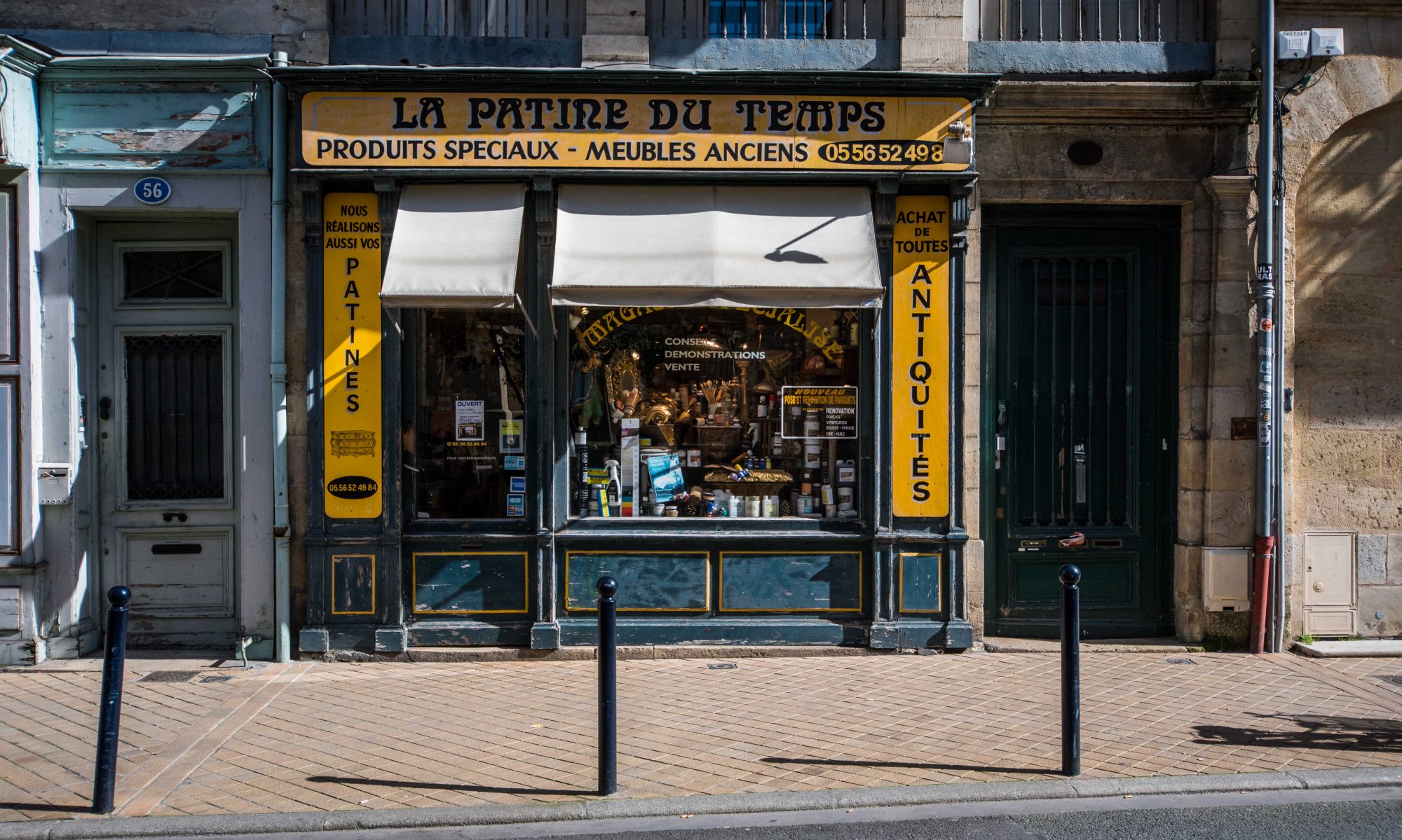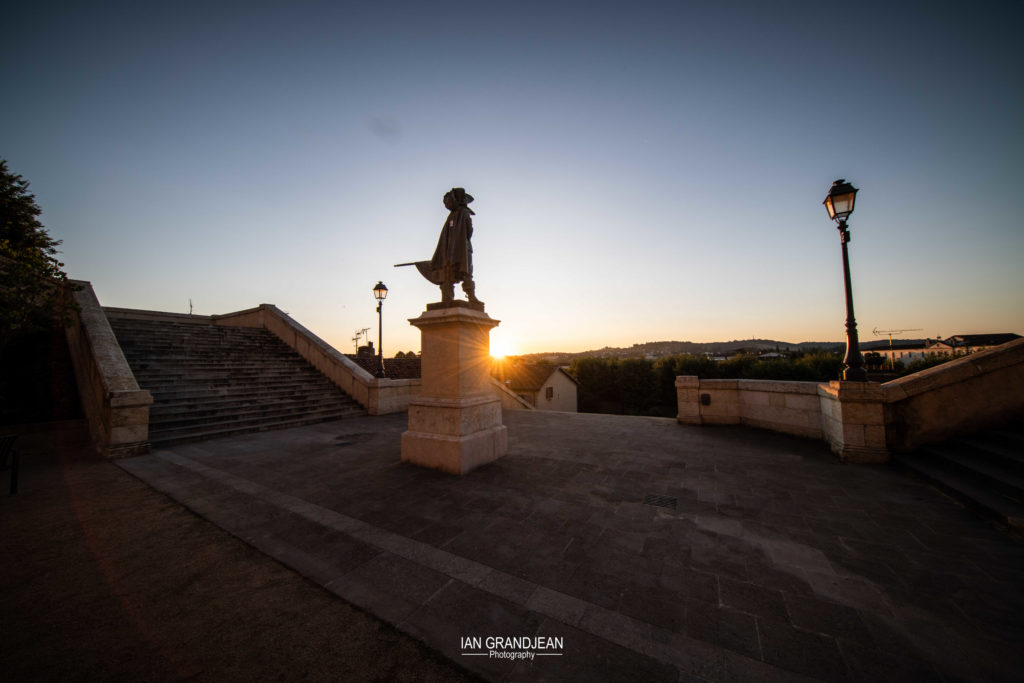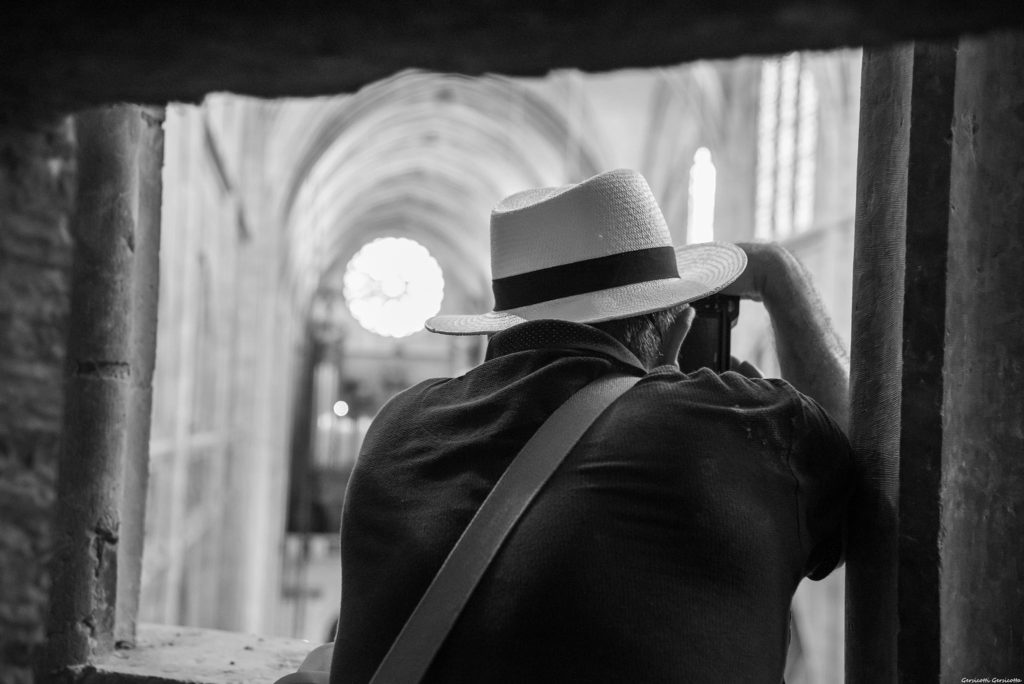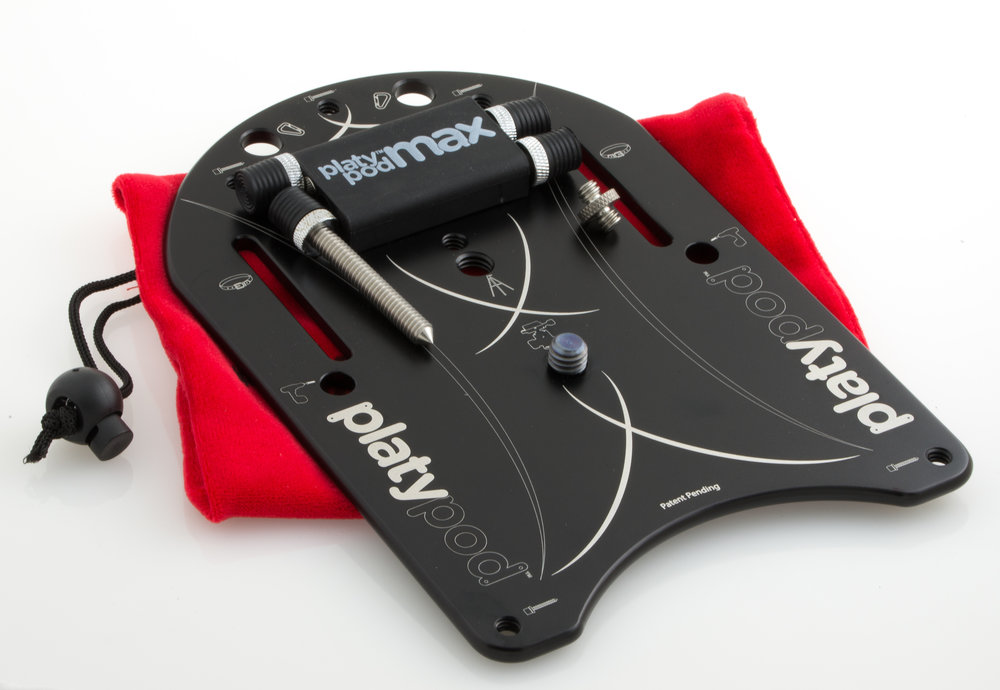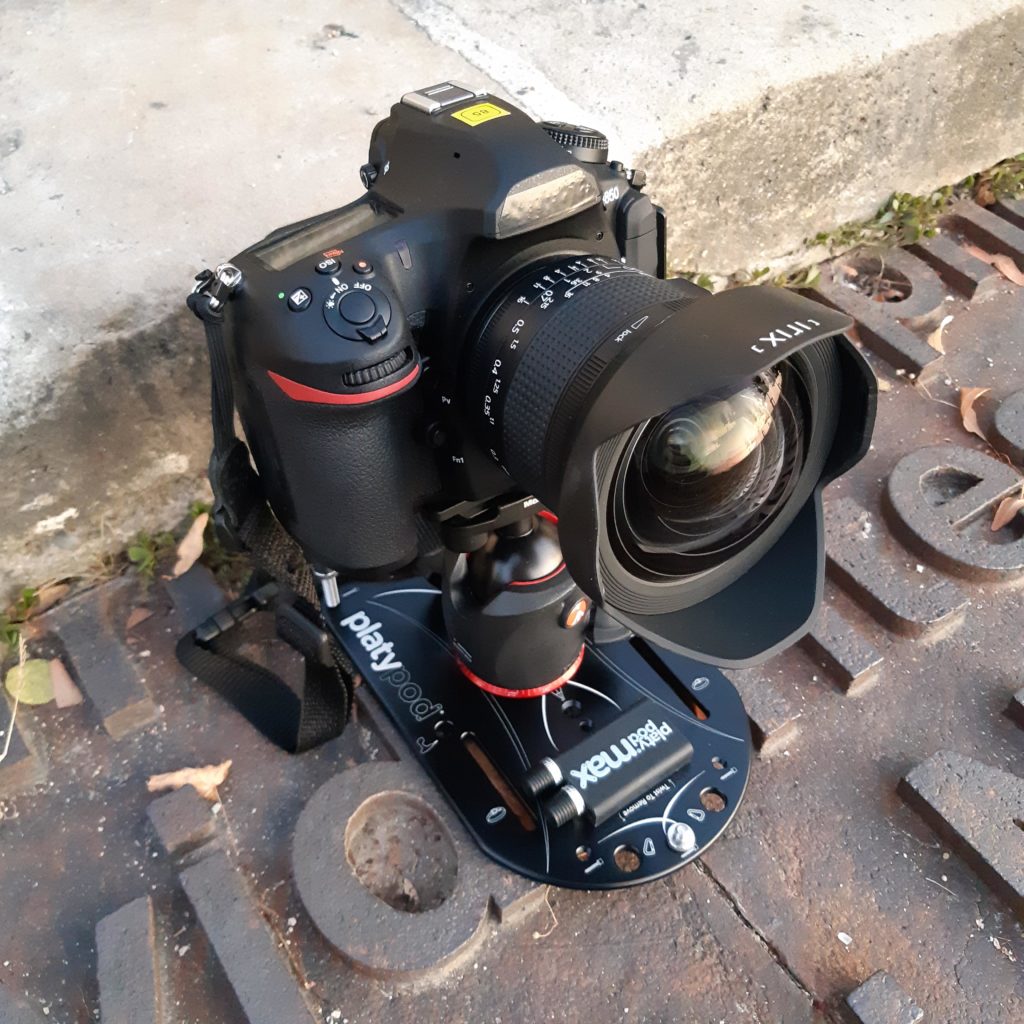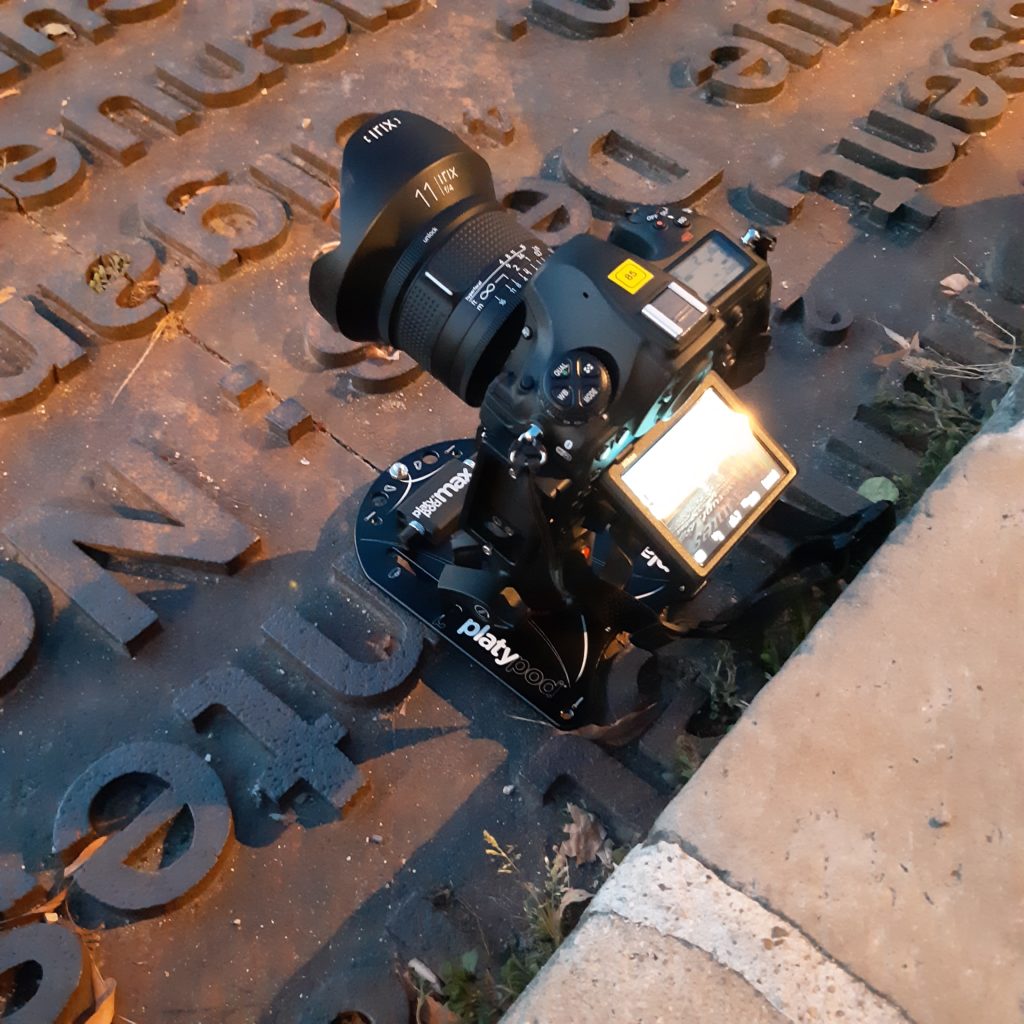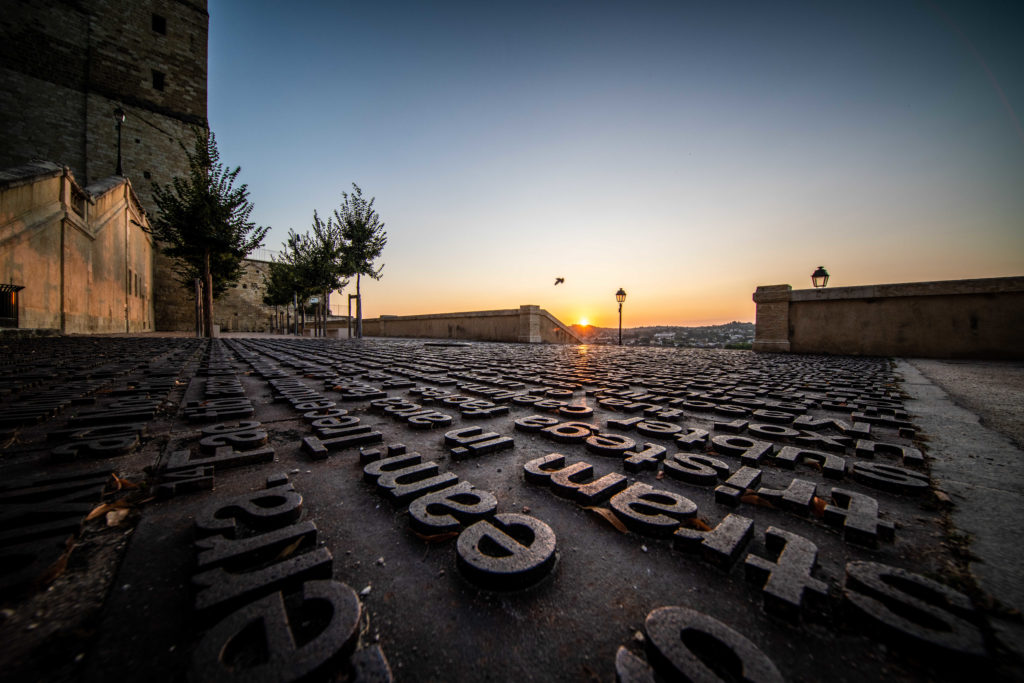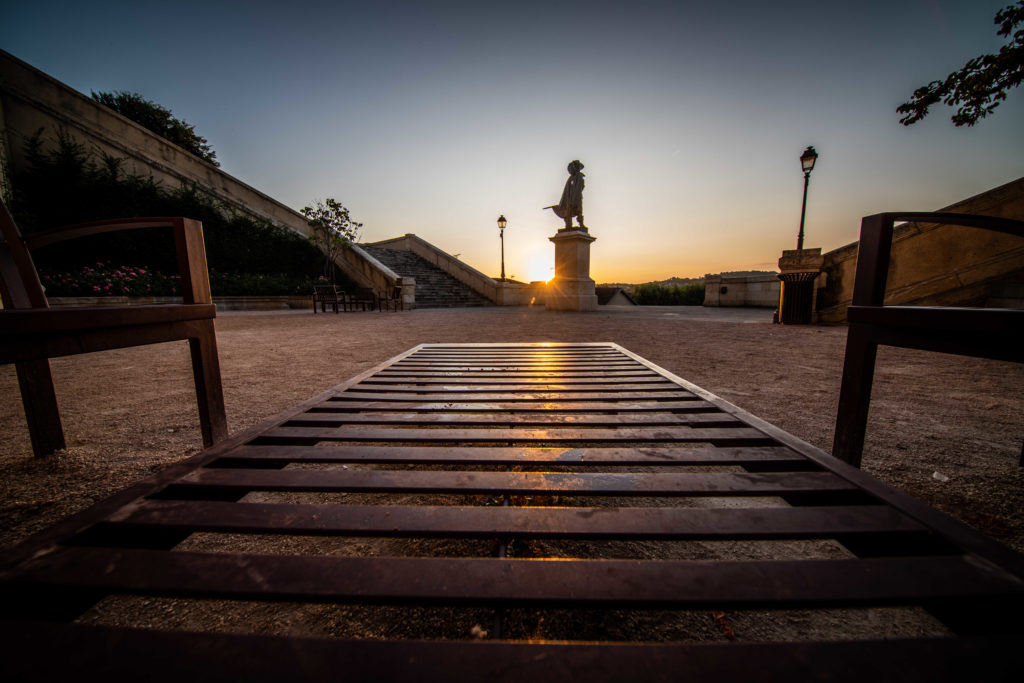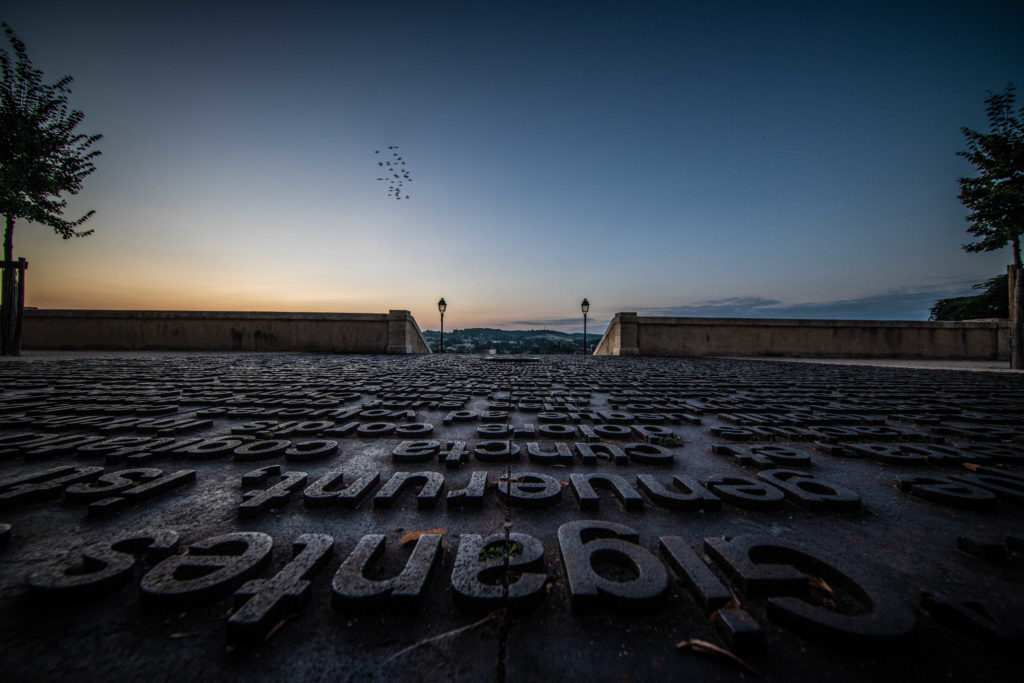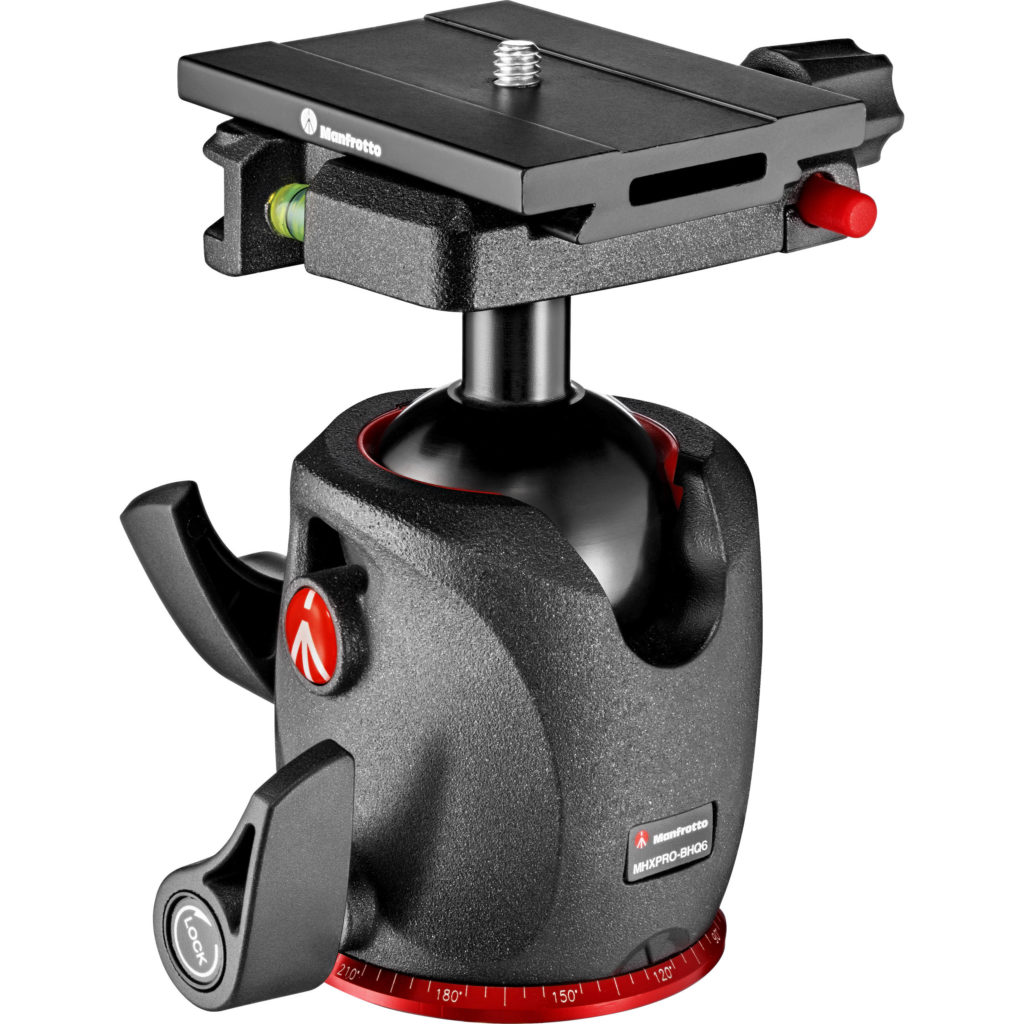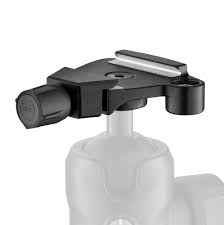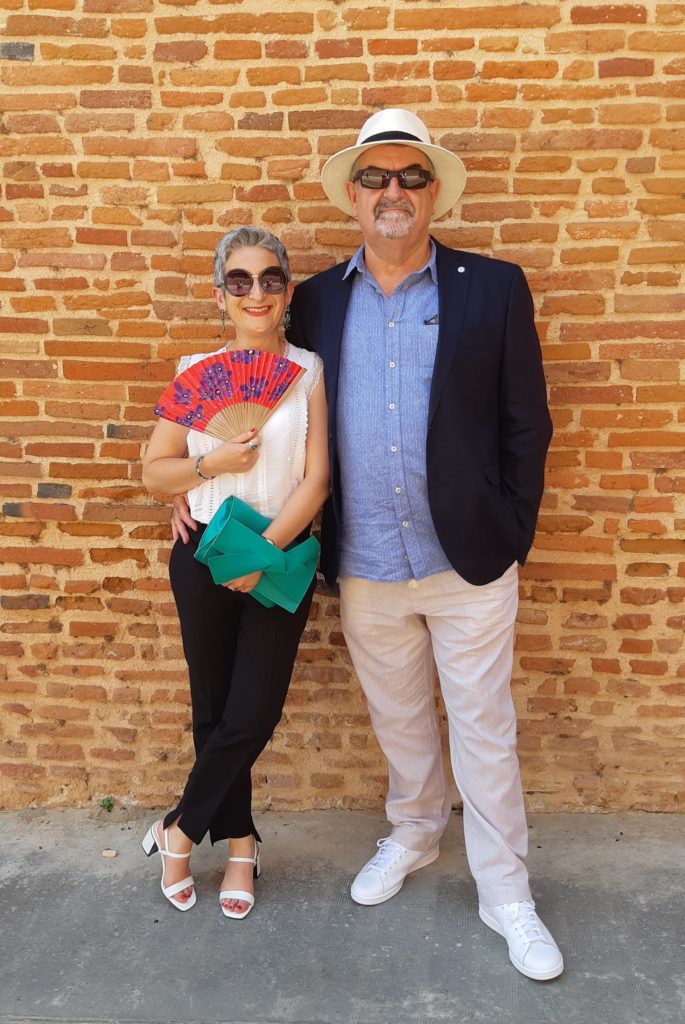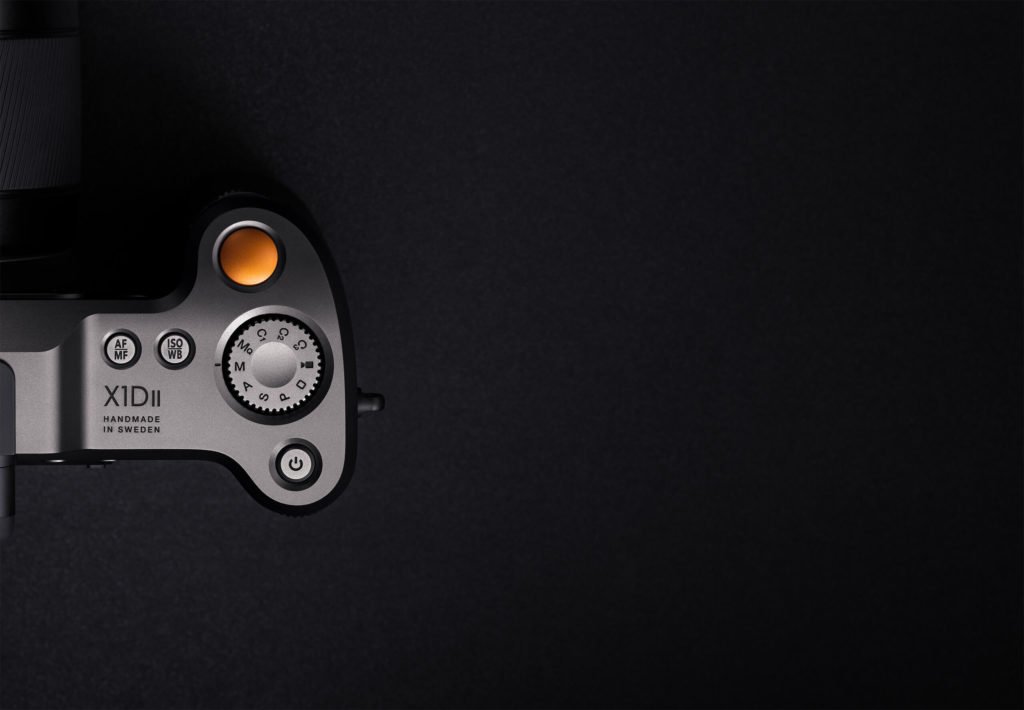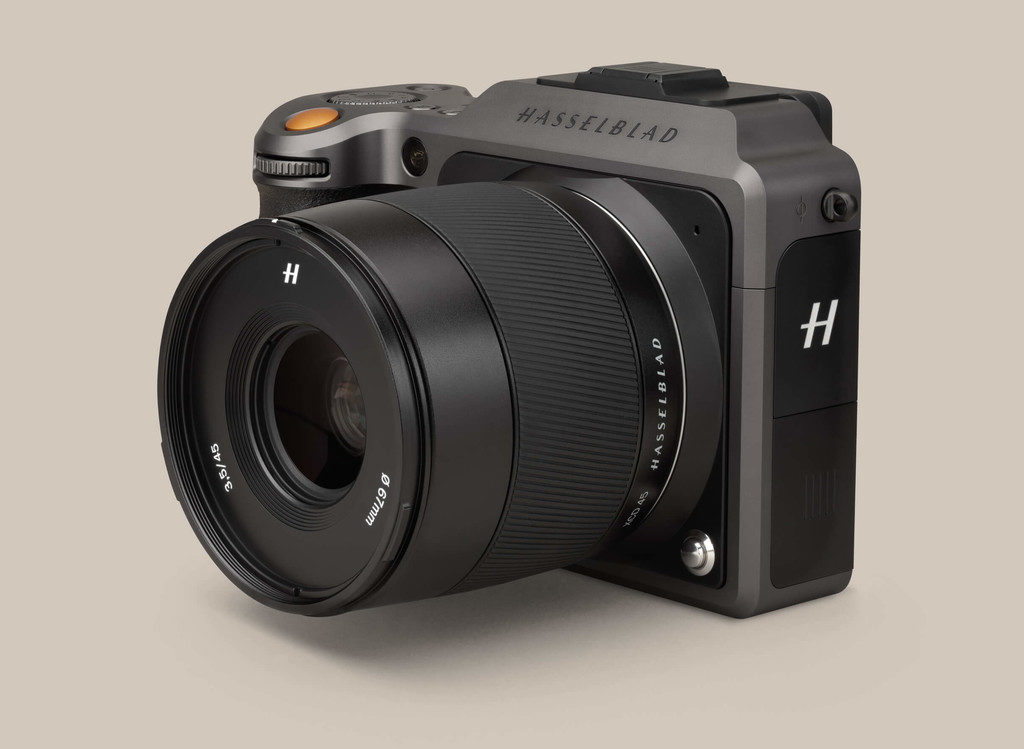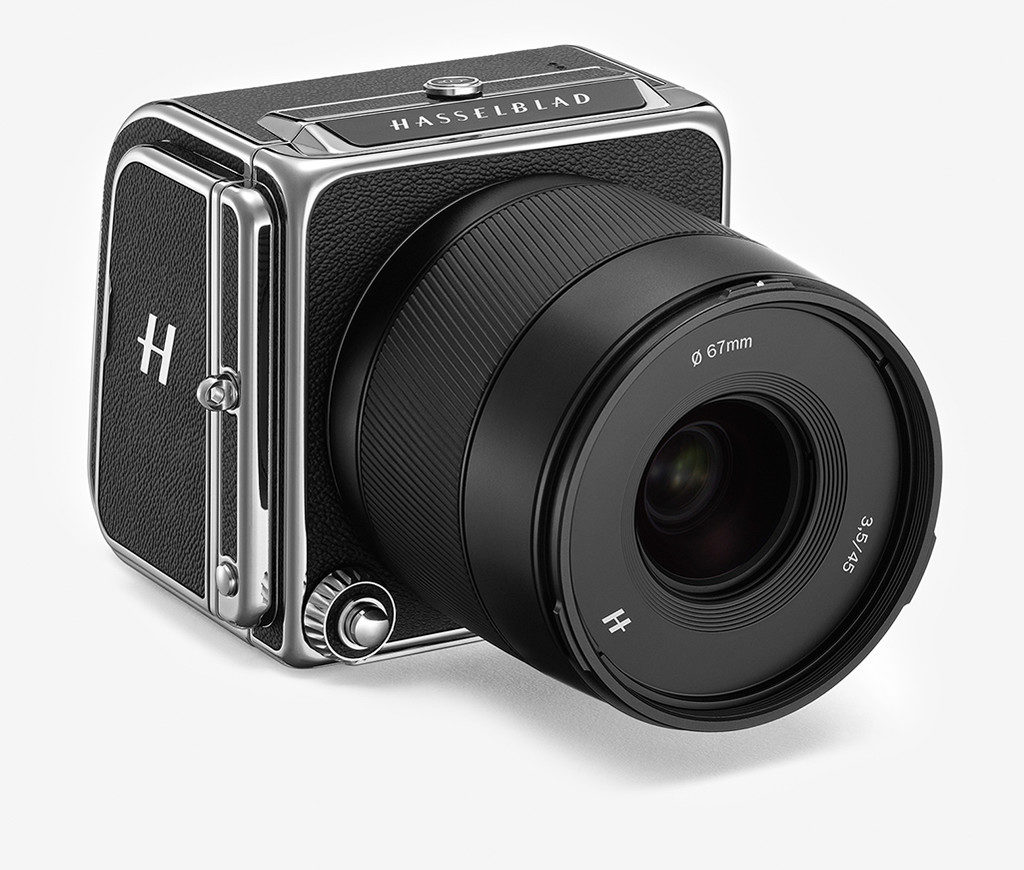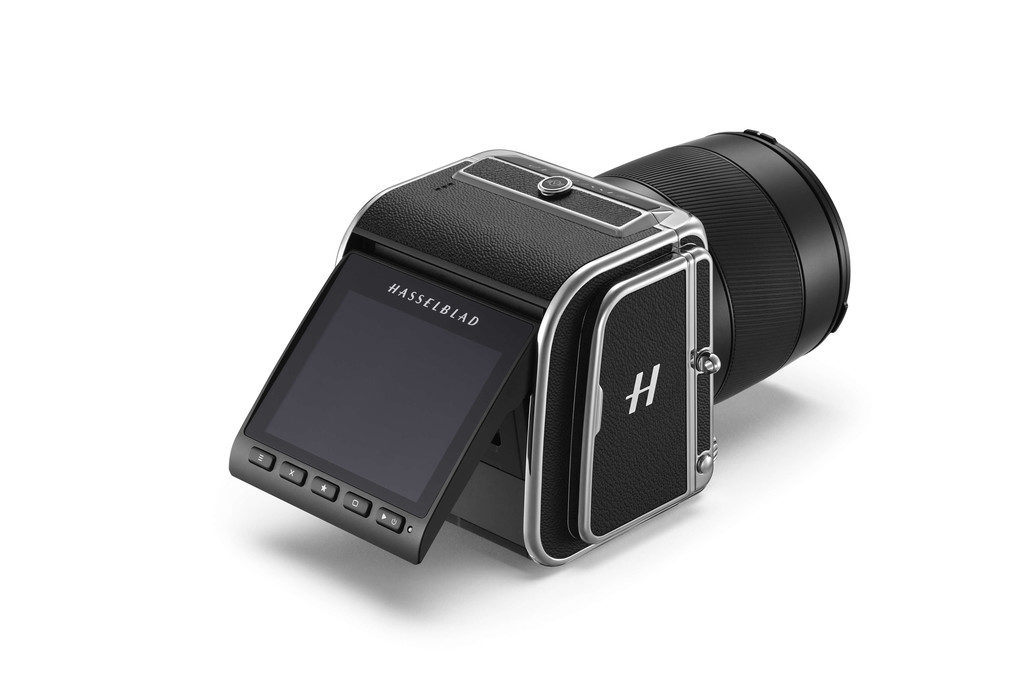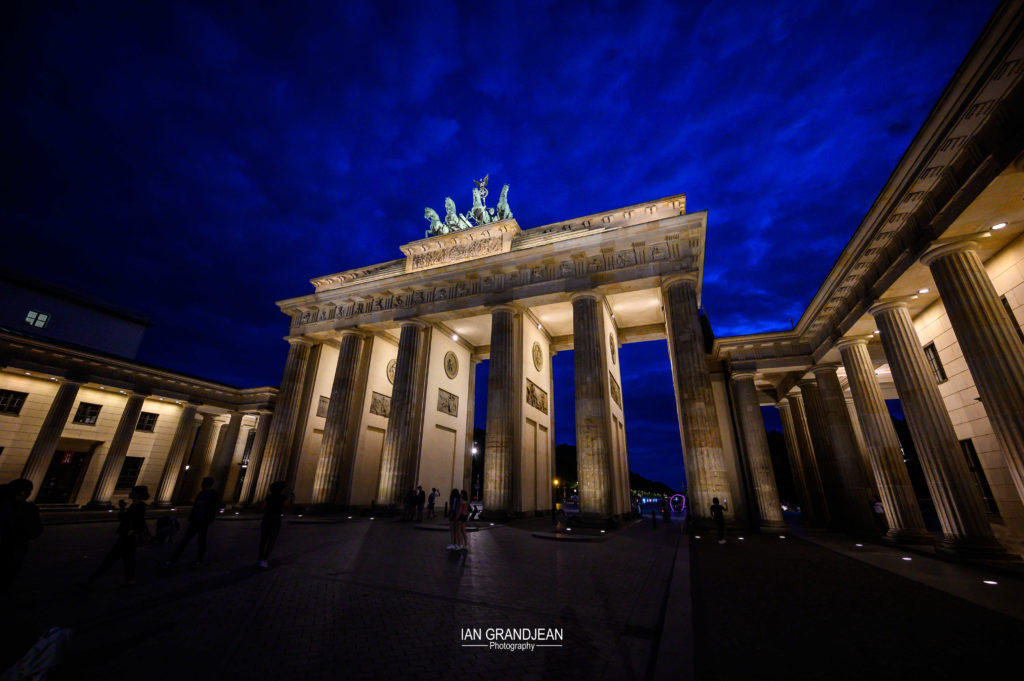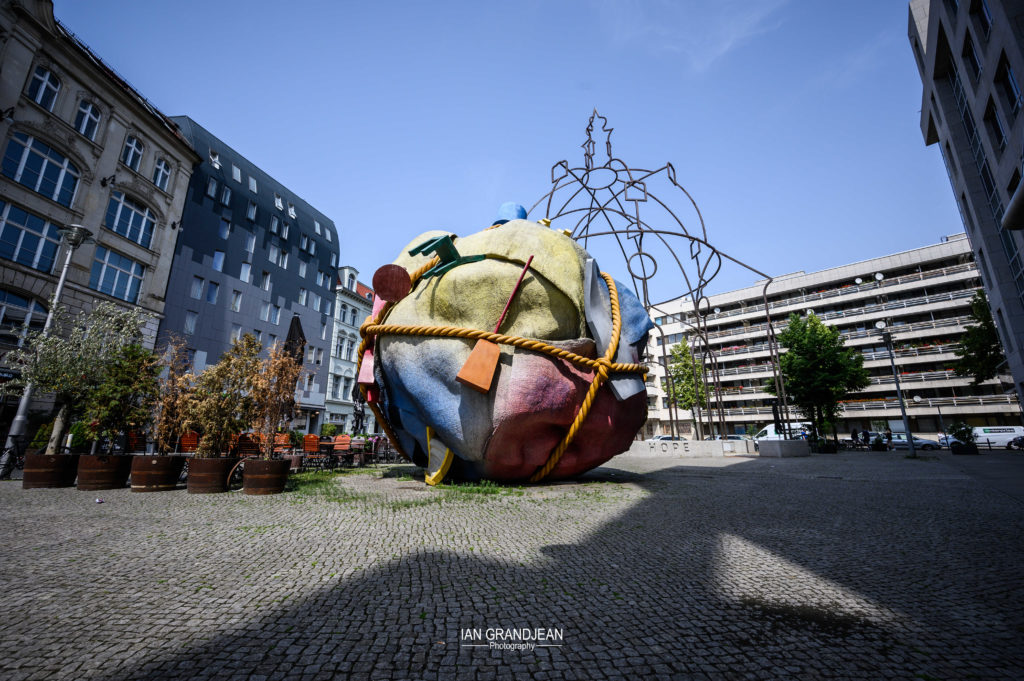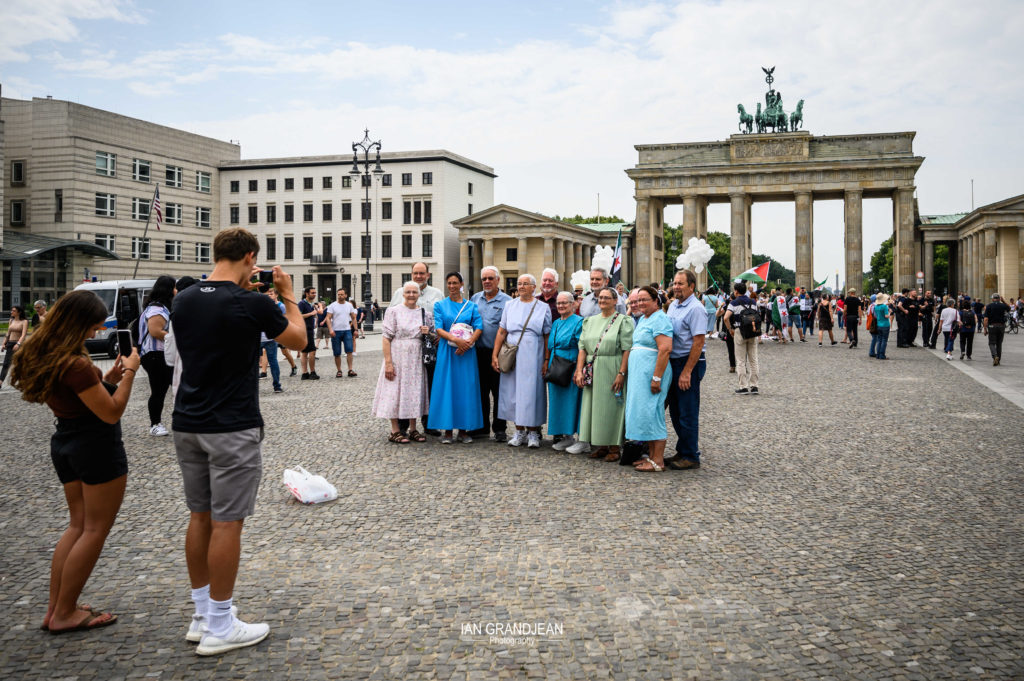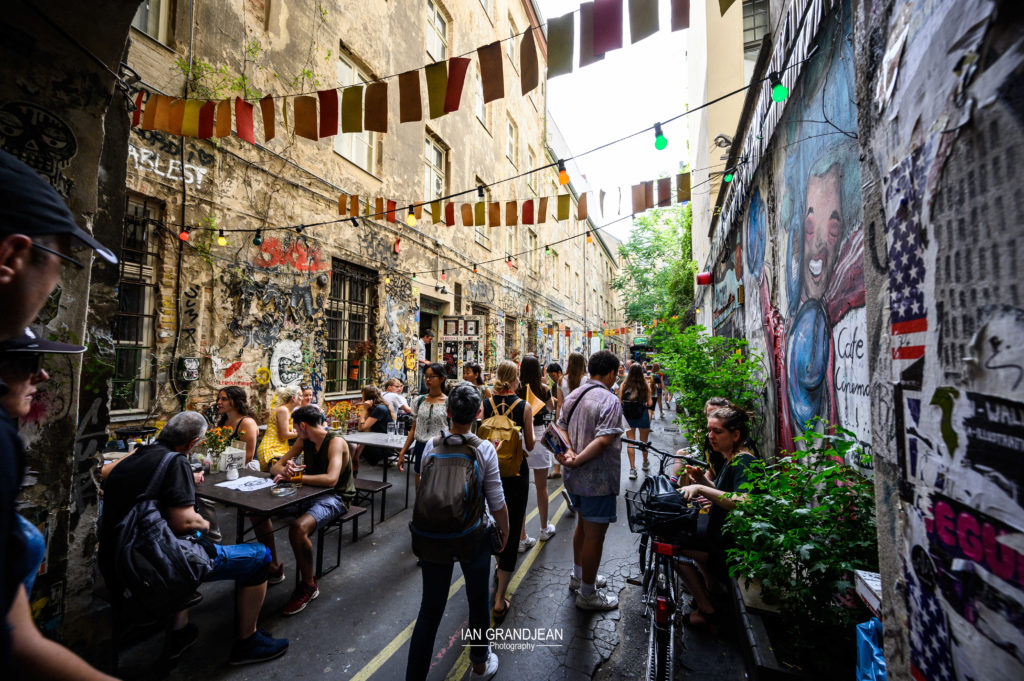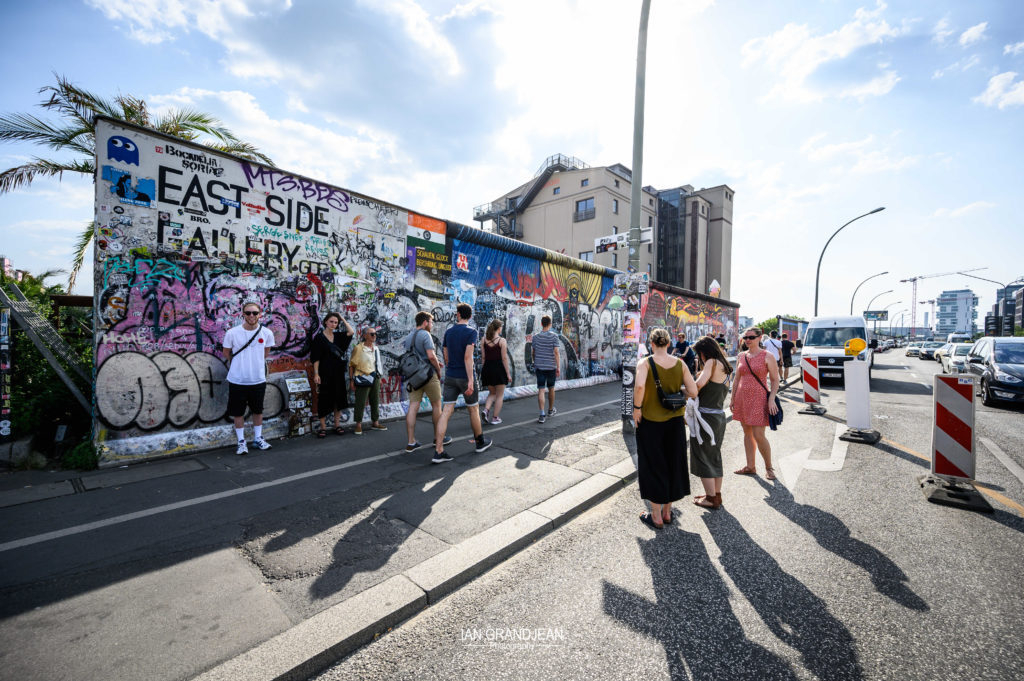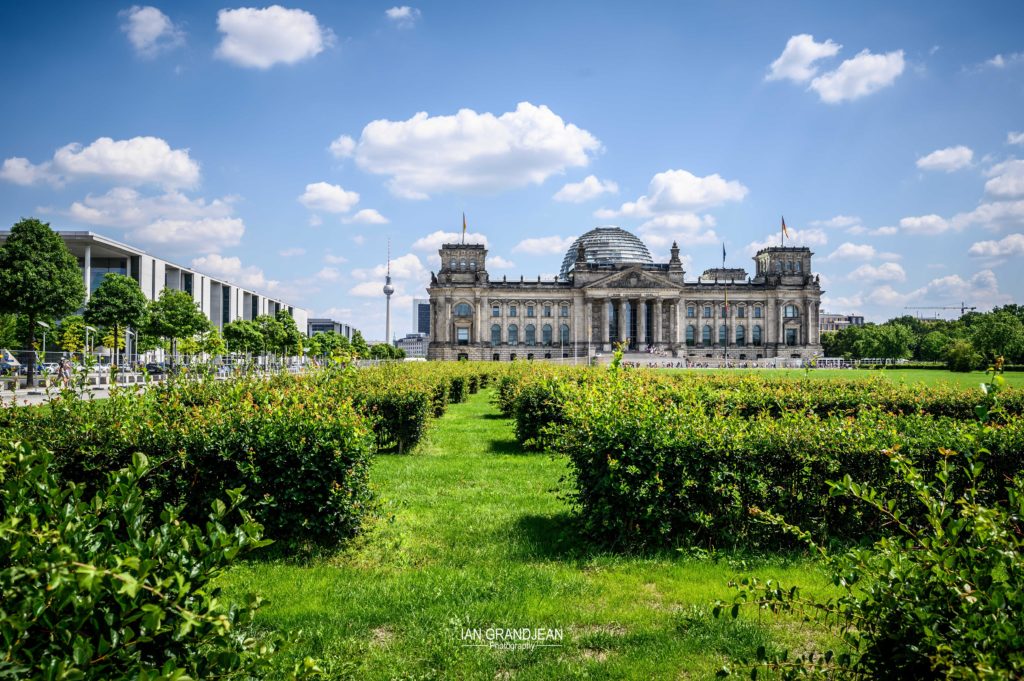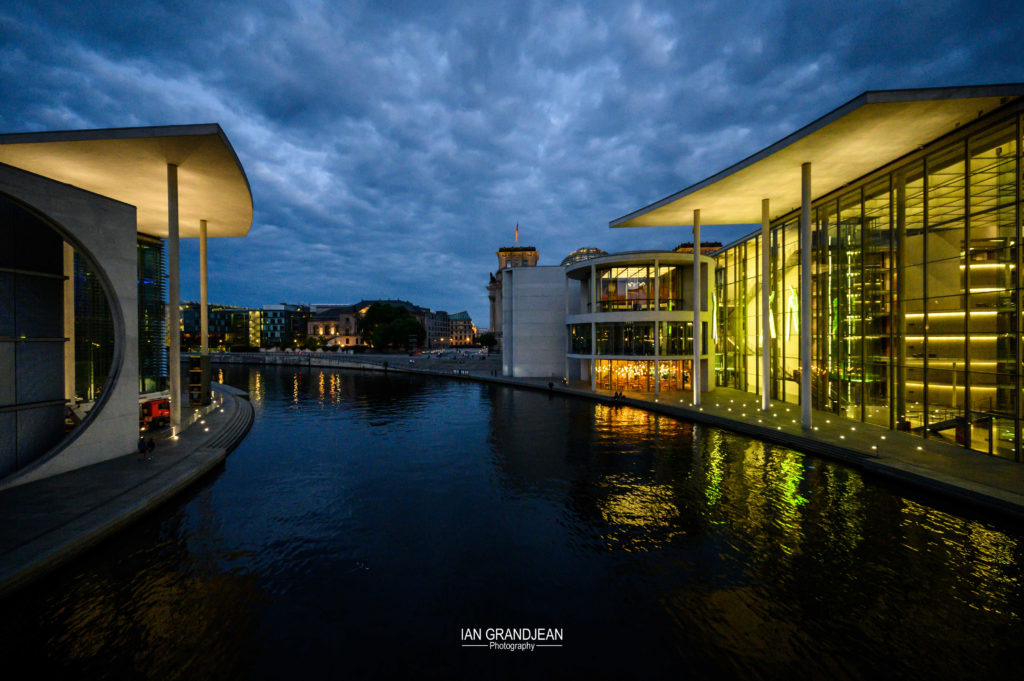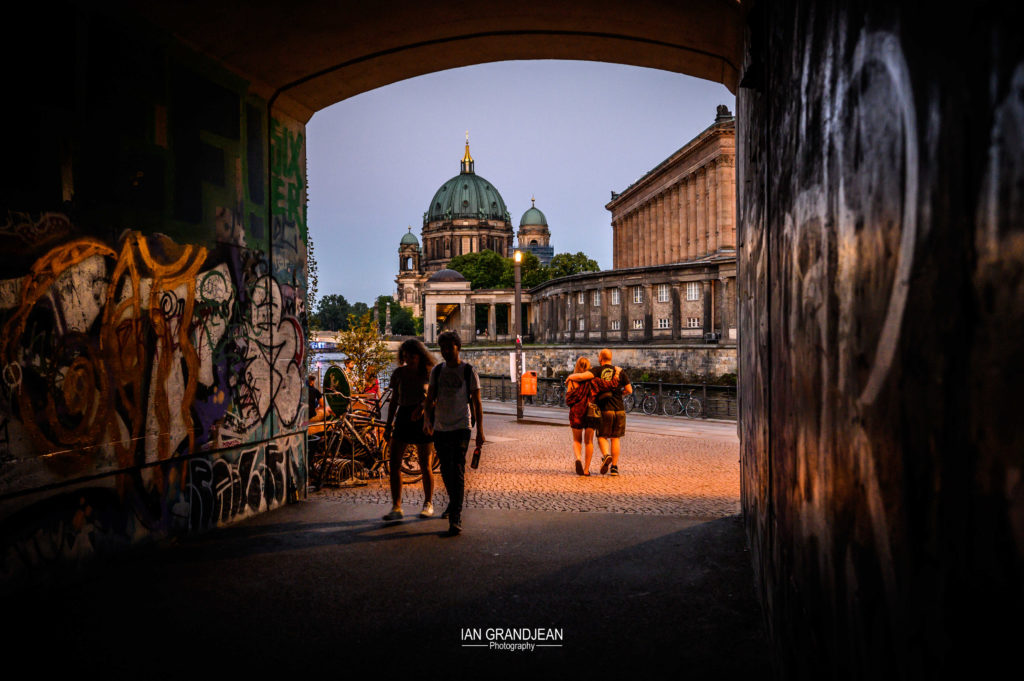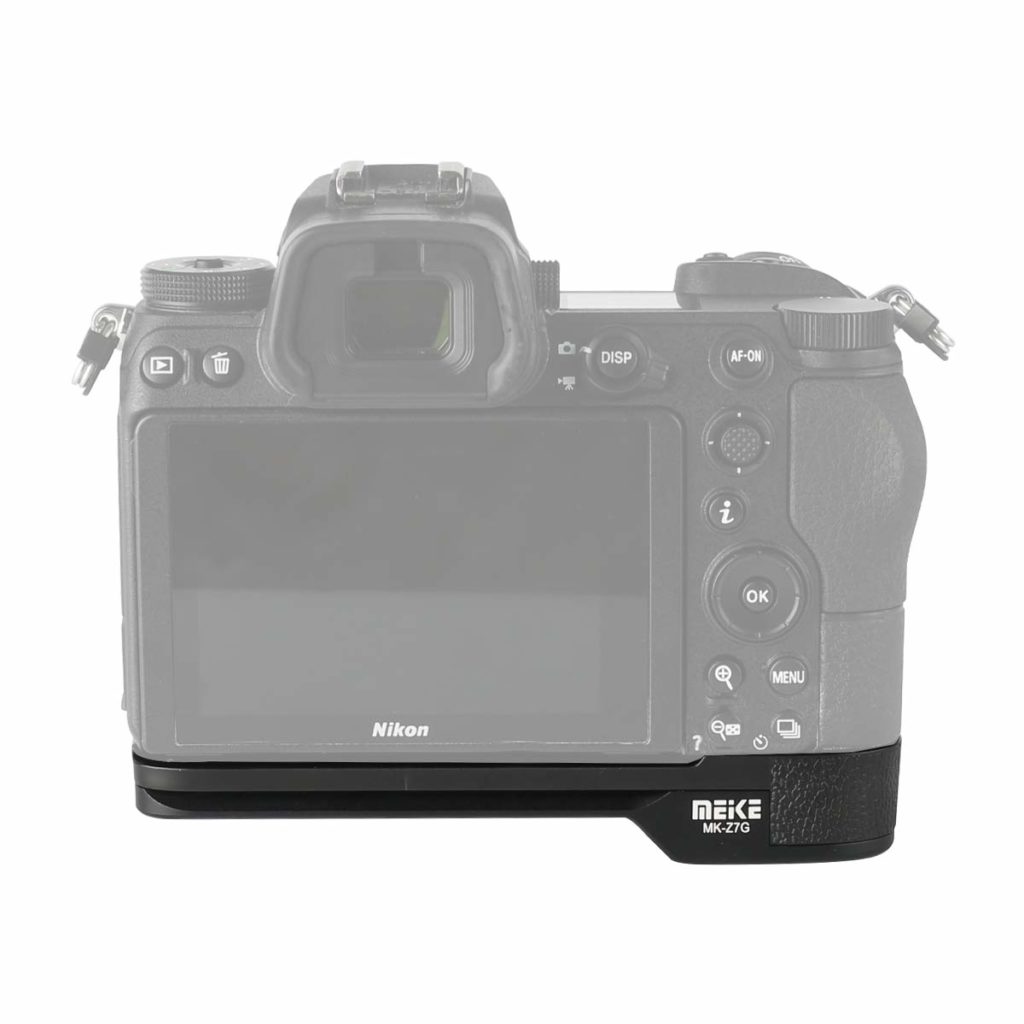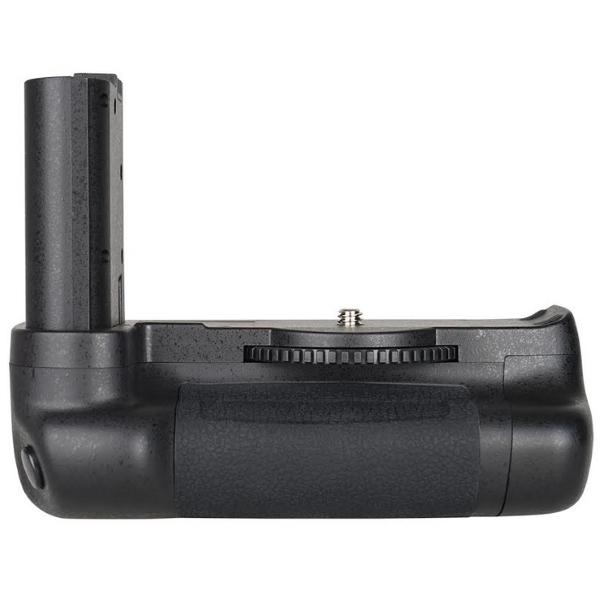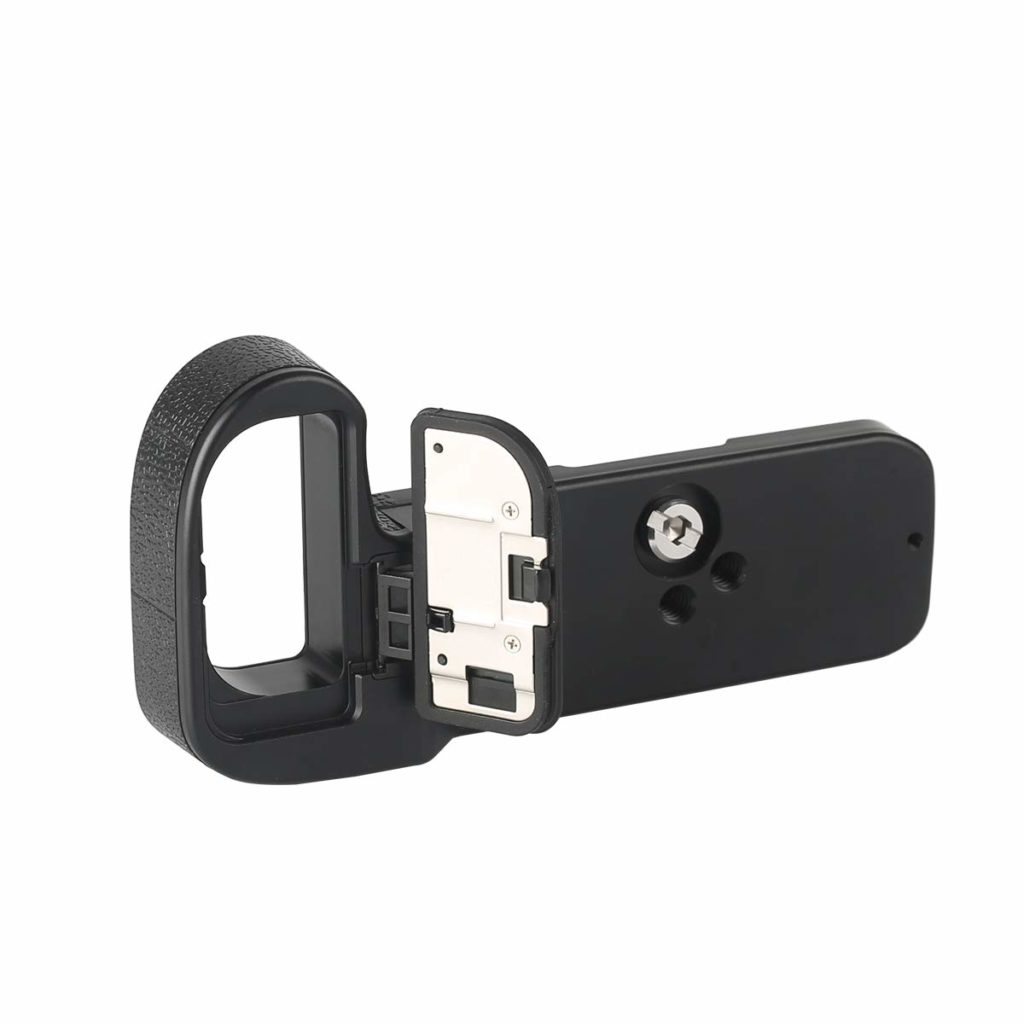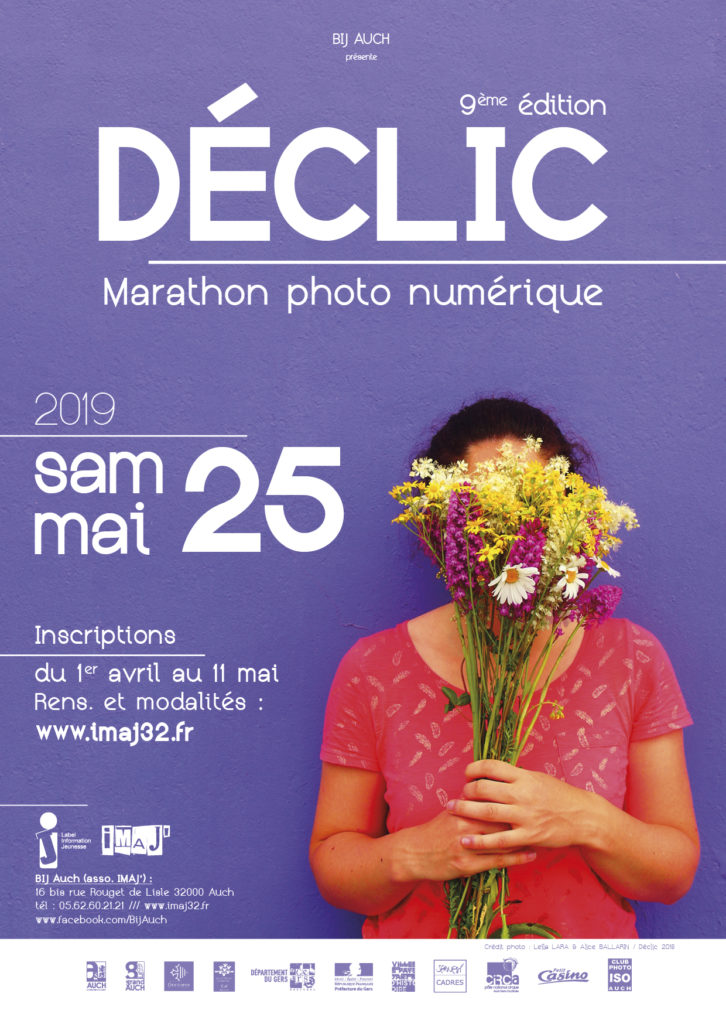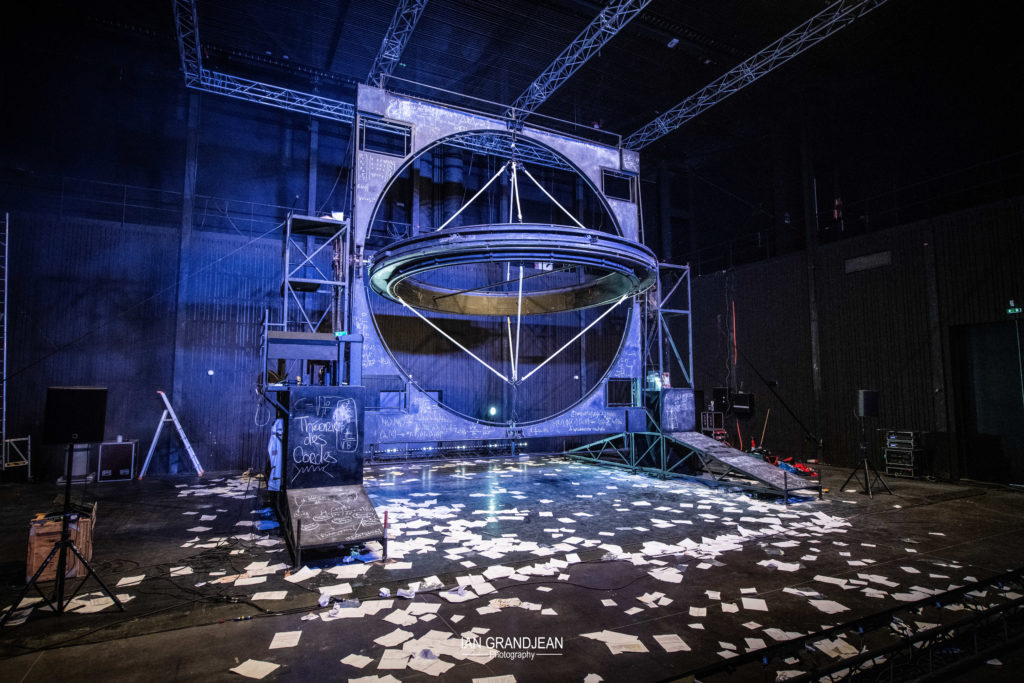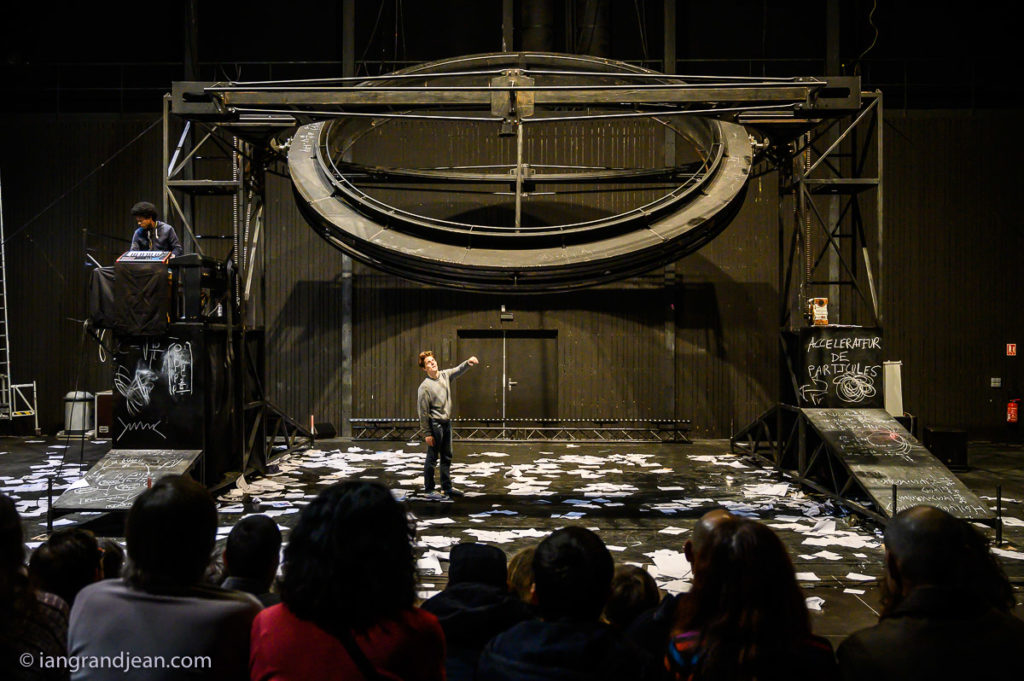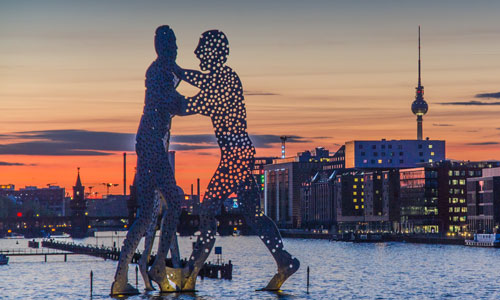I haven’t the faintest idea – but here’s a few facts and figures.
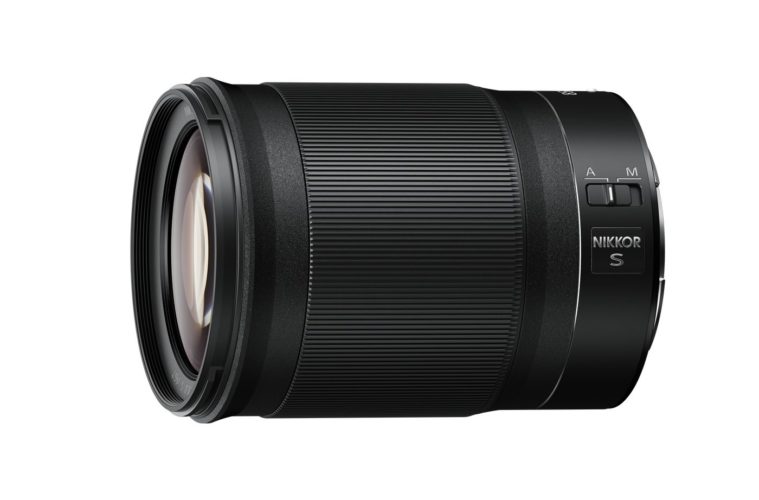
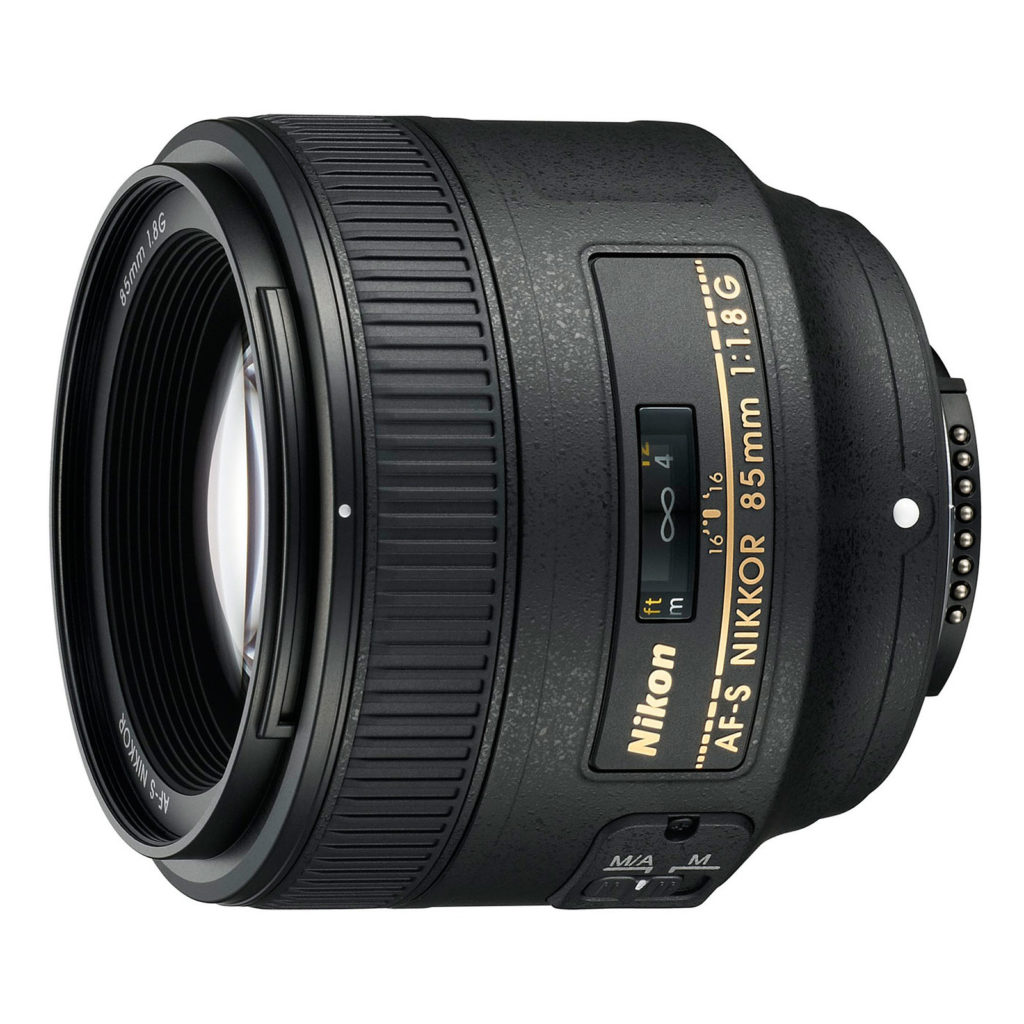
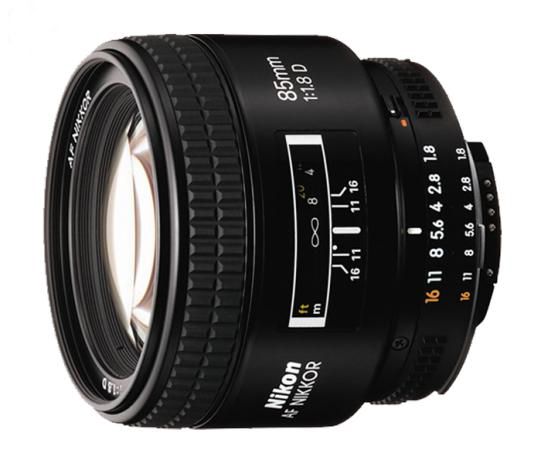
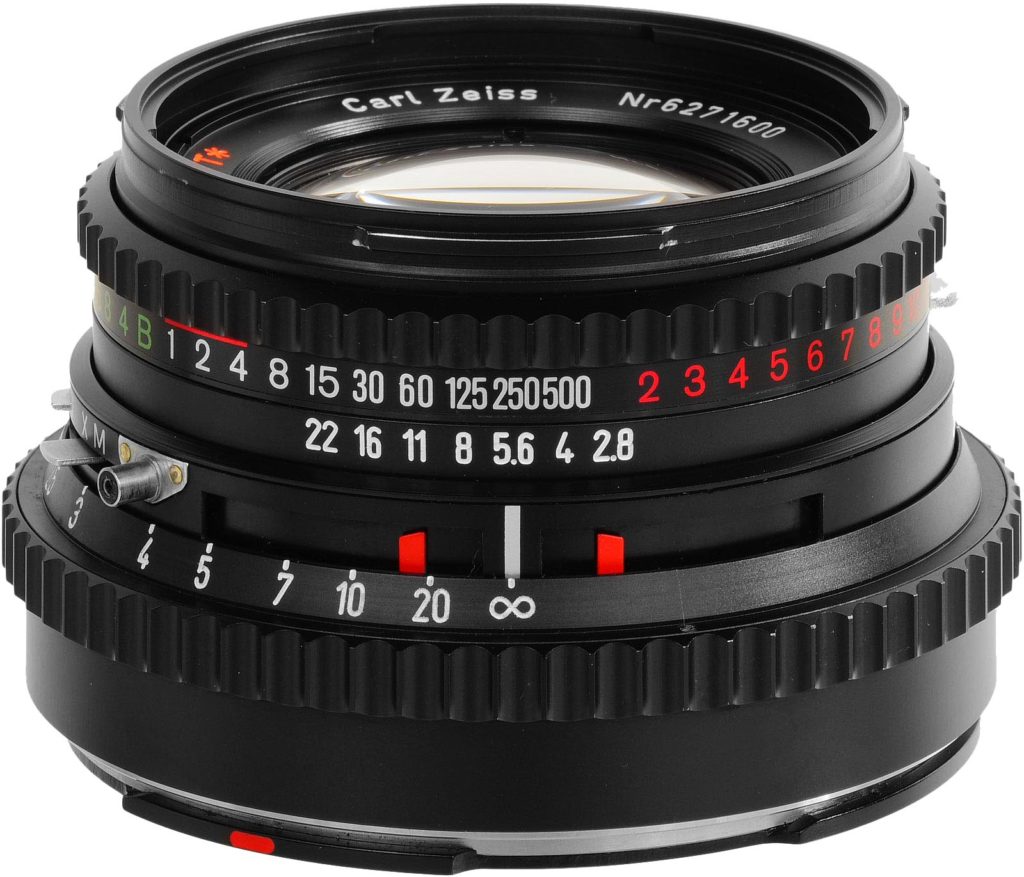
This focal length has always been popular – on full frame 24×36 cameras, it’s a ‘medium telephoto’ and a favourite for portrait photographers.
For the 6×6 format, the 80mm is a ‘standard’ lens – and for a 10×8 plate camera it’s a wide angle!
(A ‘standard’ lens is considered to be a lens with a focal length which corresponds with the diagonal of the format size. Thus for the 24×36 (35mm) format a ‘standard’ lens is a 50mm – the diagonal is actually 43mm. For 6×6, the diagonal is 84mm etc.)
Nikon have just announced the 85mm f/1.8 version for the Z series mirrorless cameras. Not unnaturally it’s quite a lot more expensive than the existing AF-S version, even though there’s actually a lot less ‘mechanism’ to pay for (image stabilisation, for instance, is now done in-camera) and optically, aside from the addition of two ED glass elements, the lens remains similar to previous designs.
For some reason, the existing f/1.4 version of this lens, albeit extremely expensive, and slightly less sharp (wide open) than it’s f/1.8 brother, has a tremendous reputation – yes, it’s half a stop wider than the f/1.8 but I can’t honestly see that this justifies a price three times that of the f/1.8 – but then, it’s always good to be able to brag that you have a wider aperture…isn’t it? Is it?
People get very carried away with an effect called BOKEH. This is a Japanese word used to describe the effect of out-of-focus elements within the field of view. Shooting wide open at f/1.8 for example, the depth of field will be roughly 10 centimeters either side of the point of focus, and anything a couple of metres behind the subject will appear very soft and out of focus…and a lens with good ‘Bokeh’ is sought after. Good Bokeh is when the out-of-focus highlights show up as tiny doughnut shaped circles.
As the format increases, the 85mm focal length becomes more of a standard lens, as with the 6×6 format. The apparent depth of field decreases too – it actually doesn’t, but it looks like it does. Lenses over and above 85mm have always been easier to design and produce, (a considerable number of ‘current’ lenses actually share their design with lenses from over eighty years ago) as there’s a lot less ‘bending’ of the light required than in, for example, a wide angle lens. Initially with large format cameras, the lens (equivalents) were ‘telephoto’ compared to the 24×36 format, as the format was so huge – as the format size reduced, so the focal lengths reduced too and lens designs got more and more complicated.
I realise that I still haven’t been able to answer my own question…
